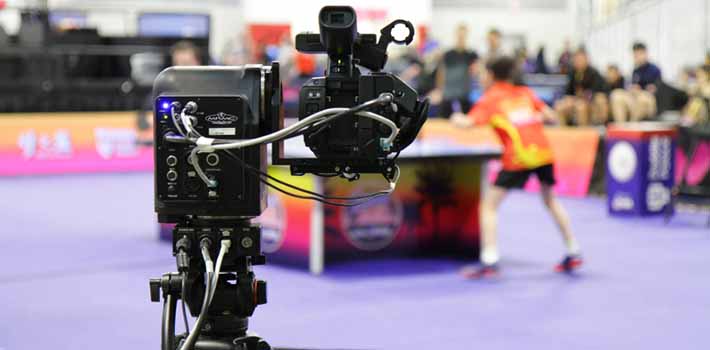Stats, Stories, and Strategies – The Anatomy of Effective Sports Broadcasting encapsulates the essential elements that make sports broadcasting both captivating and informative. At the core of this dynamic field lies the mastery of statistics, the art of storytelling, and the strategic deployment of both. Statistics serve as the backbone, providing viewers with tangible insights into players’ performances, team dynamics, and game trends. However, effective broadcasting transcends mere numbers; it intertwines statistical analysis with compelling narratives, transforming data into stories that engage and resonate with audiences. These stories breathe life into the game, offering viewers a deeper understanding of the players’ journeys, the teams’ histories, and the stakes at play. Furthermore, strategic broadcasting involves a keen awareness of timing and tone, knowing when to delve into detailed analysis, when to inject humor or drama, and when to let the action speak for itself. A successful broadcaster must possess the ability to seamlessly weave these elements together, creating a rich tapestry of information and entertainment.

In the realm of sports broadcasting, statistics act as the fuel that drives analysis and discussion. Whether it is batting averages in baseball, shooting percentages in basketball, or completion rates in football, statistics provide tangible evidence of a player or team’s performance. However, the effective use of statistics goes beyond simply reciting numbers; it involves interpreting them in a way that enhances the viewer’s understanding of the 야구중계사이트 game. By contextualizing statistics within the broader narrative of the match or season, broadcasters can offer valuable insights into strategy, player dynamics, and historical trends. This analytical approach not only educates viewers but also adds depth to the broadcast, elevating it from mere play-by-play commentary to insightful analysis. Yet, statistics alone can only take a broadcast so far. To truly captivate audiences, broadcasters must master the art of storytelling. Stories have the power to evoke emotion, create connection, and immerse viewers in the drama of the game. From recounting a player’s rise from adversity to tracing a team’s journey to the championship, storytelling humanizes the sport, making it relatable and compelling to a broad audience.
Moreover, effective sports broadcasting require strategic thinking and adaptability. Broadcasters must navigate the ebb and flow of the 야구중계사이트 game, adjusting their approach to match the pace and intensity of the action. This involves knowing when to delve into detailed analysis, offering viewers insights into strategy and tactics, and when to step back and let the game speak for itself. Additionally, broadcasters must be attuned to the preferences of their audience, understanding when to inject humor, drama, or suspense to keep viewers engaged. In conclusion, Stats, Stories, and Strategies – The Anatomy of Effective Sports Broadcasting highlights the multifaceted nature of the profession. By seamlessly integrating statistics, storytelling, and strategic thinking, broadcasters can create a compelling and informative viewing experience that resonates with audiences around the world. Whether it is breaking down the numbers, crafting compelling narratives, or adapting to the rhythm of the game, effective sports broadcasting is both an art and a science.